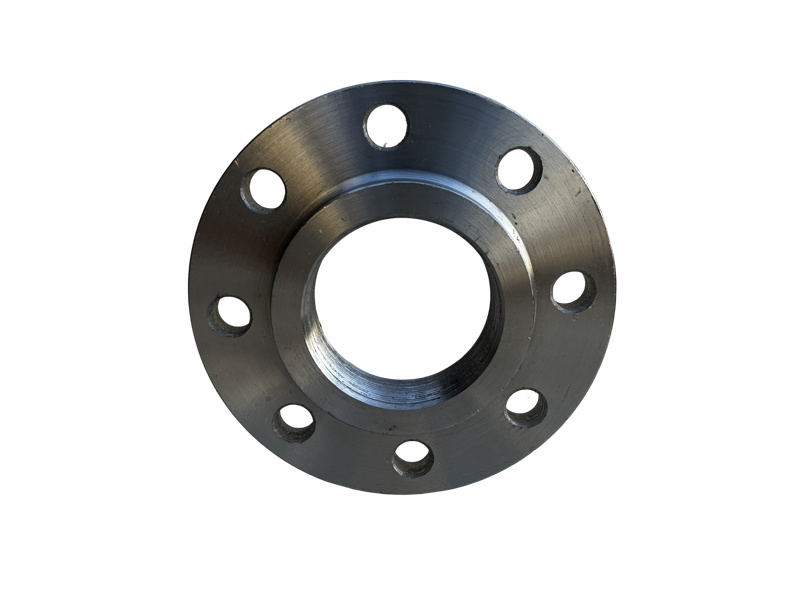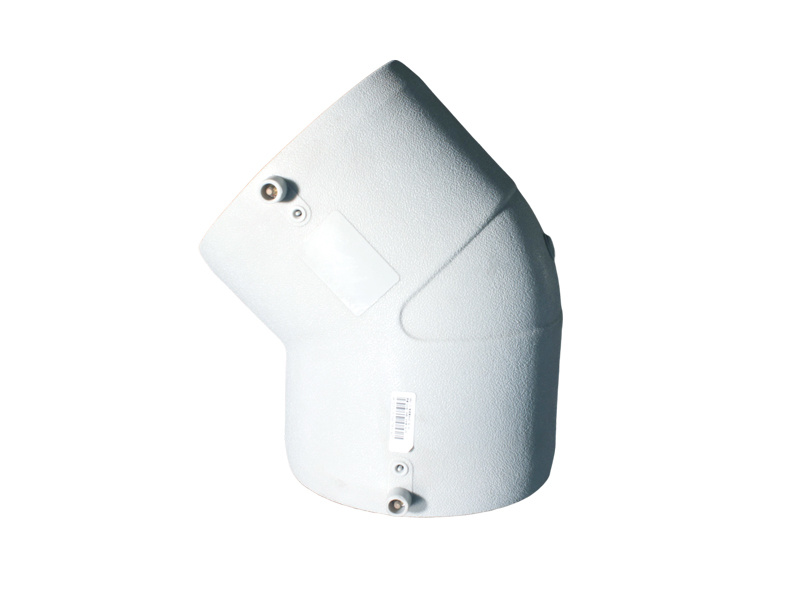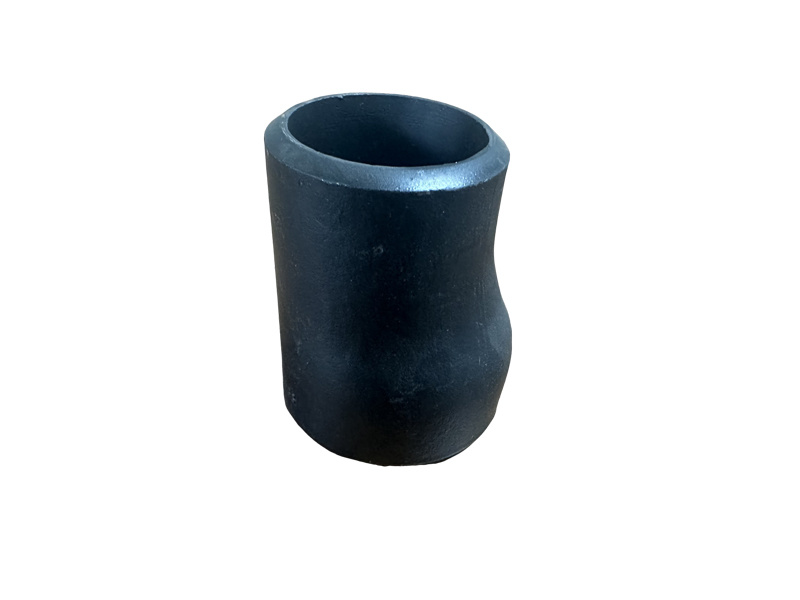-
Lap Joint Flanges: The Ideal Solution for Easy Maintenance in Construction and Decorative Materials
Date:
20 Jul,2025
Understanding Lap Joint Flanges: The Ultimate Guide for Easy Maintenance Lap joint flanges have become increasingly popular in various industries due to their unique design and functionality. They offer a simpler, cost-effective solution for pipe connections that require easy accessibility and maintenance. This article delves into the specifics of lap joint flanges, their benefits, applications, a
Understanding Lap Joint Flanges: The Ultimate Guide for Easy Maintenance
Lap joint flanges have become increasingly popular in various industries due to their unique design and functionality. They offer a simpler, cost-effective solution for pipe connections that require easy accessibility and maintenance. This article delves into the specifics of lap joint flanges, their benefits, applications, and best practices for installation and maintenance.
What Are Lap Joint Flanges?
Lap joint flanges are a type of flange that consists of two main components: the flange itself and a stub end. This design allows for versatility and ease of use, making lap joint flanges an excellent choice for many piping systems. Unlike standard flanges, lap joint flanges do not require precise alignment during assembly, making them ideal for applications where ease of access and maintenance are crucial.
The Design and Structure of Lap Joint Flanges
The construction of a lap joint flange involves the following:
1. **Flange**: The outer part that connects to the pipe or fitting.
2. **Stub End**: A short length of pipe that is welded to the main line, allowing the flange to slip over it.
This unique design creates a very robust connection while permitting easy disassembly for maintenance or inspection.
Benefits of Using Lap Joint Flanges
Lap joint flanges offer numerous advantages that make them a preferred choice in various applications.
1. Easy Maintenance and Accessibility
One of the primary benefits of lap joint flanges is their ease of maintenance. Since they can be easily disassembled, they allow for quick access to the pipes for inspection, cleaning, or repairs.
2. Cost-Effectiveness
Lap joint flanges can be more cost-effective than standard flanges. The stub end can be made from less expensive materials, which can significantly reduce costs, especially in large-scale projects.
3. Compatibility with Various Piping Systems
These flanges are compatible with different types of piping systems, making them versatile for various industrial applications. They can be used with both ANSI and API standards.
4. Reduced Stress on Piping Systems
By allowing for slight misalignment, lap joint flanges reduce stress on the piping system. This can prolong the life of your infrastructure and minimize the risk of leaks or failures.
Applications of Lap Joint Flanges
Lap joint flanges are widely used in various industries and applications due to their unique features.
1. Chemical Processing Plants
In chemical processing, where maintenance is crucial, lap joint flanges provide easy access to piping systems for necessary inspections and repairs.
2. Oil and Gas Industry
These flanges are commonly used in the oil and gas industry, where the ability to easily disassemble piping systems is essential for maintenance and safety.
3. Water and Wastewater Management
In water treatment facilities, lap joint flanges enable straightforward access to valves and other critical components that require regular maintenance.
4. HVAC Systems
Lap joint flanges are also popular in HVAC systems, where easy access to ductwork and piping is necessary for system efficiency and performance.
Installation Guidelines for Lap Joint Flanges
Proper installation is crucial for ensuring the longevity and efficiency of lap joint flanges. Here are some best practices to follow:
1. Preparation of Stub End
Before installation, ensure the stub end is properly welded and aligned with the main piping system to prevent misalignment issues during assembly.
2. Use of Gaskets
Always use appropriate gaskets when installing lap joint flanges to create a tight seal and prevent leaks. The gasket material should be compatible with the fluids being transported.
3. Torque Specifications
Follow the recommended torque specifications when tightening the bolts. Over-tightening can lead to flange damage, while under-tightening can result in leaks.
4. Regular Inspections
Conduct regular inspections of the flanges and associated piping systems to identify any signs of wear or damage early. This proactive approach can help prevent significant issues down the line.
Common Problems and Solutions with Lap Joint Flanges
While lap joint flanges are generally reliable, certain issues can arise. Here are some common problems and their solutions:
1. Leaks at the Connection Point
**Solution**: Check for proper gasket installation and ensure that the bolts are tightened to the appropriate specifications. If leaks persist, inspect for any damage to the flange or stub end.
2. Corrosion
**Solution**: To prevent corrosion, select flanges made of corrosion-resistant materials, and consider applying protective coatings to the surfaces exposed to harsh environments.
3. Misalignment
**Solution**: Ensure that the stub end is correctly aligned with the piping system during installation. Use alignment tools if necessary to maintain precision.
FAQs About Lap Joint Flanges
1. What materials are lap joint flanges made from?
Lap joint flanges can be made from various materials, including carbon steel, stainless steel, and alloy steels, depending on the application and environmental conditions.
2. How do lap joint flanges differ from other types of flanges?
Unlike other flange types, lap joint flanges consist of a stub end and a flange, allowing for easier access to the piping system and reduced stress on the connection.
3. Can lap joint flanges be reused?
Yes, lap joint flanges can be reused, provided they are in good condition and have no signs of wear or damage.
4. Are lap joint flanges suitable for high-pressure applications?
While lap joint flanges can handle moderate pressures, they may not be the best choice for high-pressure applications. It's essential to consult specifications and guidelines for your specific use case.
5. What are the best practices for maintaining lap joint flanges?
Regular inspections, proper gasket installation, adhering to torque specifications, and using corrosion-resistant materials are crucial for maintaining lap joint flanges.
Conclusion
Lap joint flanges present an ideal solution for easy maintenance in various applications. Their unique design, ease of installation, and versatility make them a popular choice in many industries, including chemical processing, oil and gas, and HVAC systems. By understanding the benefits, applications, and best practices surrounding lap joint flanges, you can ensure the longevity and efficiency of your piping systems. Adopting these practices will not only save time and money but also enhance the safety and reliability of your infrastructure.Related News
20 Jul,2025
Lap Joint Flanges: The Ideal Solution for Easy Maintenance in Construction and Decorative Materials
Understanding Lap Joint Flanges: The Ultimate Guide for Easy Maintenance Lap joint flanges have become increasingly popular in various industries due to their unique design and functionality. They offer a simpler, cost-effective solution for pipe connections that require easy accessibility and maintenance. This article delves into the specifics of lap joint flanges, their benefits, applications, a
19 Jul,2025
Exploring the Benefits and Applications of Butt Weld Elbows in Construction
Butt weld elbows are critical components in piping systems, playing a vital role in ensuring fluid flow continuity and system integrity. When discussing these fittings, it's essential to understand their design, manufacturing processes, and the advantages they provide in various applications, particularly in construction and decorative materials. **Understanding Butt Weld Elbows** Butt weld elbow
18 Jul,2025
How to Properly Maintain Concentric Reducer Fittings for Longevity
How to Properly Maintain Concentric Reducer Fittings for Longevity Table of Contents 1. Introduction to Concentric Reducer Fittings 2. Understanding Concentric Reducers: What You Need to Know 3. Importance of Maintaining Concentric Reducer Fittings 4. Common Issues with Concentric Reducer Fittings 5. Essential Maintenance Tips for Longevity 6. How to Properly Inspect Conce
Contact information
Address: North Ring Industrial Zone, Mengcun County
Telephone: 86 0317- 6729218 86 0317-6727320
Fax: 0317-6727310
mobile phone: 86 13833761688whatsapp: 86-13780271039
Email: shengyuanflange@163.comLeave Message










